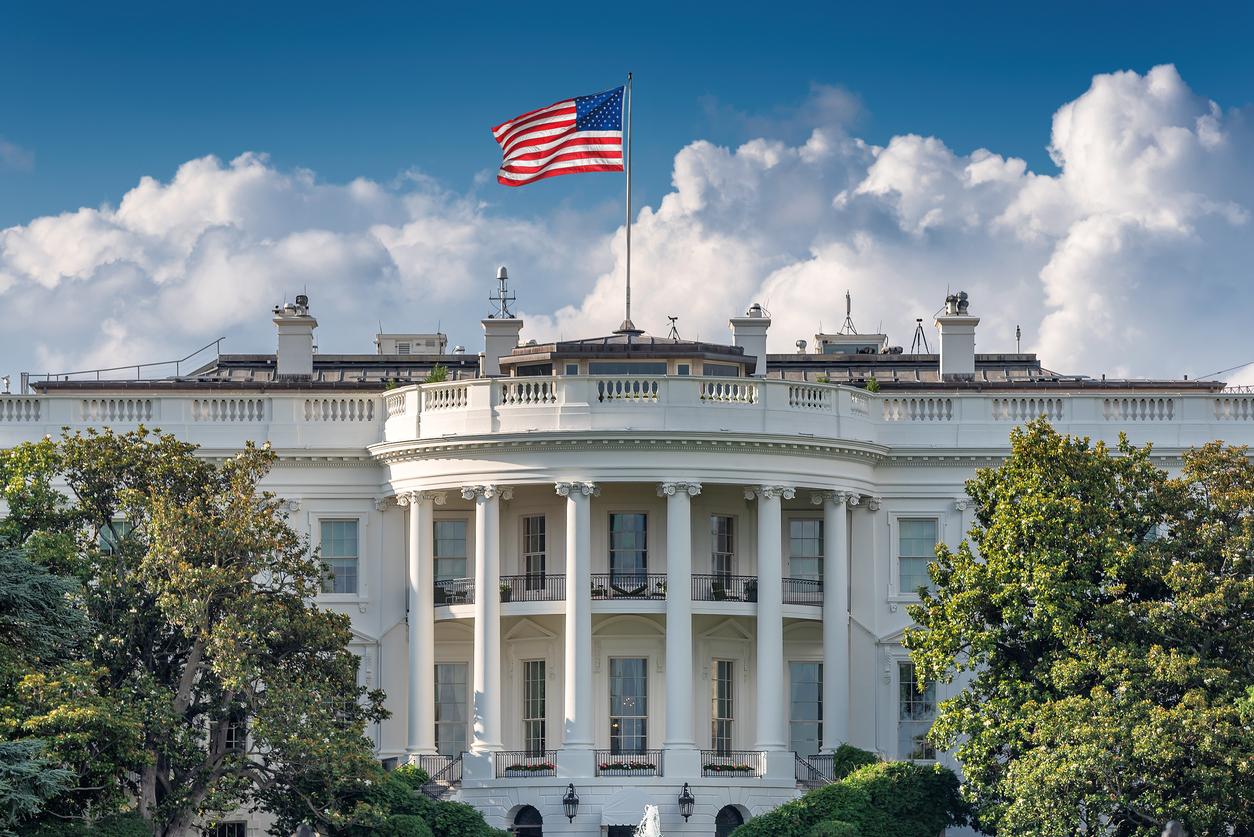
By Kritika Agarwal
On February 26, President Trump issued an executive order, titled “Implementing the President’s ‘Department of Government Efficiency’ Cost Efficiency Initiative.” Among other things, the order:
-
Requires heads of federal agencies to review all existing contracts and grants and to modify or terminate them, where appropriate and in accordance with existing law, to promote efficiency; address waste, fraud and abuse; and advance the policies of the Trump administration. The order requires agencies to “prioritize the review of funds disbursed under covered contracts and grants to educational institutions and foreign entities for waste, fraud, and abuse.”
-
Requires federal agencies to build centralized technology systems to record every payment issued for covered contracts and grants. Agency employees that approve future payments must also provide brief, written justifications for the payments and make those justifications available publicly unless prohibited by law or exempted by the agency head.
-
Requires agencies to build a system to record approvals for federally funded travel for conferences and non-essential purposes. The order prohibits travel without written justifications, which must also be posted publicly unless prohibited by law or exempted by the agency head.
-
Freezes federal employee credit cards for 30 days, with certain exceptions.
-
Requires agencies to submit “updates to the Federal Real Property Profile Management System to ensure the system reflects a complete and accurate inventory” of all government-owned property, identify all termination rights agency heads may have under existing leases of government-owned property, and submit a plan to the Office of Management and Budget (OMB) for “the disposition of Government-owned real property which has been deemed by the agency as no longer needed.”
The order was accompanied by a fact sheet.
It is unclear how key research agencies, including the National Institutes of Health, the National Science Foundation, the Department of Defense, the Department of Energy, and others will implement this executive order. The manner in which these policies are implemented will likely play a significant role in how this executive order affects universities and the scientific research they conduct.
In addition, on February 26, OMB and the Office of Personnel Management (OPM) issued a memo providing guidance to agencies regarding the implementation of President Trump’s February 11 executive order on “Implementing the President’s ‘Department of Government Efficiency’ Workforce Optimization Initiative.”
The February 11 order requires federal agency heads to “promptly undertake preparations to initiate large-scale reductions in force (RIFs)” – i.e. large-scale layoffs of federal employees. Until now, layoffs have largely affected probationary employees; the new OMB/OPM guidance asks agencies to identify the number of full-time employees that can be cut and to identify positions that can be permanently eliminated.
The memo also asks agencies to submit proposals for relocating “agency bureaus and offices from Washington, D.C. and the National Capital Region to less-costly parts of the country” by April 14.
Taken together, the executive orders and the OMB/OPM memo signal a forceful effort by the administration to cut government spending, scale back the federal workforce, and reduce the federal real estate footprint nationally, but particularly in Washington.
Kritika Agarwal is senior editorial officer at AAU.